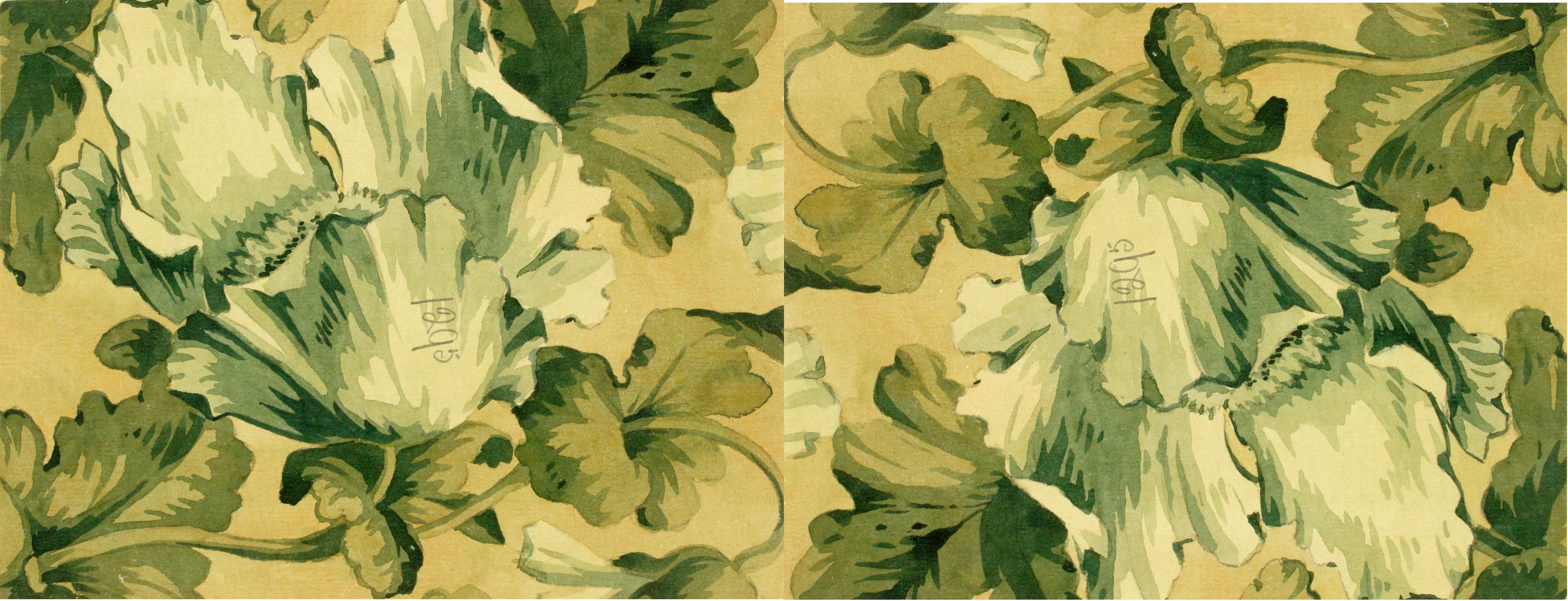
The Yellow Wallpaper (1892) tells the story of a woman who has been confined to the nursery in the house, upon the care of her doctor-husband. John, her husband, has prescribed a rest cure to treat her post-natal depression: she undergoes strict bed rest and is discouraged from writing, reading and seeing other people. Spending long hours in the bedroom, we witness her gradual deterioration: she becomes obsessed with the wallpaper in the room and it seems to gain a life of its own. She describes it as irritating, with sprawling flamboyant patterns, a dull yet lurid orange, with lame uncertain curves, and the strangest yellow, even a yellow smell…
Many feminists have seen Gilman as a proto-feminist writer, and the story has been read as an attack on the medical oppression on women in the nineteenth century. The character is coerced into domestic confinement and barred from public life. The attic nursery has barred windows and its wallpaper is the visual stimulus but is also the token of an oppressive ‘domestic sphere’.
You can download the full story of The Yellow Wallpaper here. If you are interested in learning more about women and the domestic sphere in this period, you can find out more about this in the section ‘Separate Spheres’ here.
Listen to Episode 3 of our podcast (That Feels Like Home, Season 1), “Home Discomforts”, in which Nicky Lambert (Middlesex University) and Paula Chambers (Leeds Art University) talk to MoDA’s Curator, Ana Baeza about wallpaper and the relationships between domestic spaces, gender and mental health.


